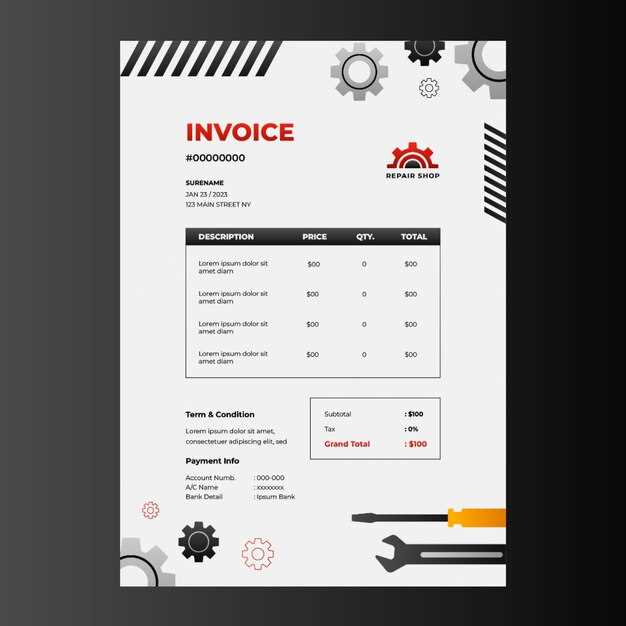Jeep maintenance checklist for new owners


Owning a Jeep is not just about enjoying the thrilling off-road adventures; it also comes with the responsibility of proper vehicle maintenance. New owners may feel overwhelmed by the various aspects of vehicle care, but having a well-structured maintenance checklist can simplify the process significantly. Understanding the basic maintenance tasks is crucial for extending the life of your Jeep and ensuring its optimal performance.
One of the key components of Jeep ownership is establishing a reliable service schedule. Regular maintenance not only helps in identifying potential issues before they become serious problems, but it also enhances safety and fuel efficiency. From checking fluid levels to inspecting brake systems, every aspect of your Jeep deserves attention. This article outlines essential maintenance tasks that every new Jeep owner should incorporate into their routine.
By adhering to this checklist, new owners will be equipped with the knowledge needed to maintain their vehicle effectively. Whether you drive a rugged Wrangler or a versatile Cherokee, following these guidelines will help ensure that your Jeep remains in peak condition for countless adventures ahead.
Understanding Fluid Levels and Their Importance

Maintaining proper fluid levels is a basic aspect of Jeep care that every new owner should understand. Fluids play a crucial role in the performance and longevity of your vehicle. They serve multiple functions, including lubrication, cooling, and hydraulic support, which are essential for smooth operation.
Engine oil is perhaps the most important fluid you need to monitor. It lubricates engine components, reducing friction and preventing wear. Over time, oil can break down and become less effective, leading to potential engine damage. Regularly checking and changing your engine oil according to the manufacturer’s service recommendations will help ensure optimal performance.
Transmission fluid is another vital fluid that requires attention. It facilitates smooth shifting of gears and helps in cooling the transmission. Low or contaminated transmission fluid can result in shifting problems or even transmission failure. Checking transmission fluid levels regularly is key to maintaining your Jeep’s drivability.
Coolant is essential for regulating the engine temperature. An adequate level of coolant helps prevent overheating and protects against corrosion. It’s important to inspect coolant levels and mix ratios, especially before long trips or in extreme weather conditions.
Brake fluid is critical for safety. It provides the necessary hydraulic pressure to engage the brakes effectively. Low brake fluid can lead to braking issues, compromising your safety on the road. Regular inspections can prevent potential brake failures.
Lastly, differential and power steering fluids also need to be monitored as they ensure smooth operation of these systems. Low levels of these fluids can lead to increased wear and potential breakdowns. Keeping an eye on all fluid levels is an essential part of Jeep maintenance that enhances reliability and ensures a safer driving experience.
Preparing for Regular Inspections and Services
As a new Jeep owner, establishing a routine for regular inspections and services is essential for maintaining your vehicle’s performance and longevity. Start by creating a basic maintenance schedule that outlines when each service should be performed. This can include oil changes, tire rotations, and brake inspections, among other critical checks.
Proper care involves more than just addressing issues when they arise; it requires proactive measures to prevent future problems. Familiarize yourself with your Jeep’s owner’s manual, which provides essential information regarding recommended intervals for inspections and service tasks.
Consider setting reminders in your calendar or using a maintenance app to keep track of your schedule. By staying attentive to these regular check-ups, you can ensure your Jeep remains reliable and safe on all your adventures.
Key Maintenance Tasks for Off-Road Readiness

Ensuring your Jeep is ready for off-road adventures requires a diligent care and service schedule. Here are key tasks to focus on:
1. Tire Inspection and Pressure: Check the condition and inflation of your tires regularly. Off-road tires should have adequate tread depth and be free of damage. Adjust tire pressure according to the terrain you’ll be navigating; lower pressures are often better for sand and mud.
2. Fluid Levels: Regularly inspect and top off essential fluids, including engine oil, transmission fluid, coolant, and differential fluid. Clean, well-maintained fluids are crucial for optimal vehicle performance, especially in extreme conditions.
3. Brake System Maintenance: Test your brakes frequently. Off-roading can wear brakes quicker than standard driving. Replace worn pads and rotors as needed, and ensure brake fluid is at the correct level.
4. Suspension and Steering Components: Inspect shock absorbers, struts, and other suspension parts for wear. Off-road conditions can cause greater stress on these components, affecting the vehicle’s handling and stability.
5. Battery Condition: Check the battery terminals for corrosion and ensure a secure connection. In rugged environments, vibrations can loosen connections or damage battery components. Consider a battery with off-road durability if you frequently venture into tough terrains.
6. Underbody Checks: Periodically assess the undercarriage for signs of damage or rust. Debris and water exposure can lead to corrosion; keeping it clean extends the life of vital components.
7. Lights and Signals: Functioning lights are crucial for visibility in off-road conditions. Regularly test headlights, taillights, and turn signals to ensure they are in proper working order.
Implementing these maintenance tasks into your regular service schedule will help you enhance your Jeep’s performance and increase its longevity, allowing you to tackle any off-road challenge with confidence.
